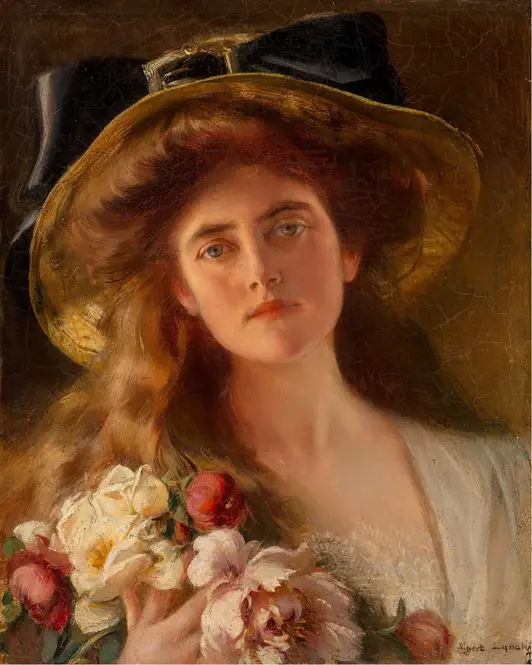




About the Artist
Master’s Palette
Reveal the unique color story behind each piece, helping you delve into the artistic essence, and spark boundless inspiration and imagination.

Bring the captivating colors to your project. Click to copy!
Artwork Story
The Summer Porch by Albert Lynch captures a fleeting moment of quiet elegance, where sunlight spills lazily across wooden floorboards and delicate floral patterns dance on flowing fabrics. A woman sits in repose, her posture relaxed yet poised, as if lost in thought or waiting for someone unseen. The interplay of light and shadow breathes life into every fold of her dress, while the muted greens and soft pinks of the surrounding foliage blur the line between interior comfort and the wildness of nature just beyond the porch. Lynch’s brushwork feels almost tactile, inviting you to trace the grain of the wood or the texture of the lace trim with your eyes.
There’s an unspoken narrative here—a suggestion of solitude, perhaps, or the quiet anticipation of a summer afternoon stretching into evening. The painting doesn’t shout its themes but whispers them, leaving room for interpretation. Is she reminiscing? Daydreaming? The absence of clutter or distraction focuses attention on her stillness, making the scene feel both intimate and universal. It’s as if Lynch froze a breath between two acts of a play, leaving the viewer to imagine what came before and what might follow.


 (c. 1380-1390)-full.webp)
-full.webp)
-full.webp)
-full.webp)
-full.webp)
-full.webp)